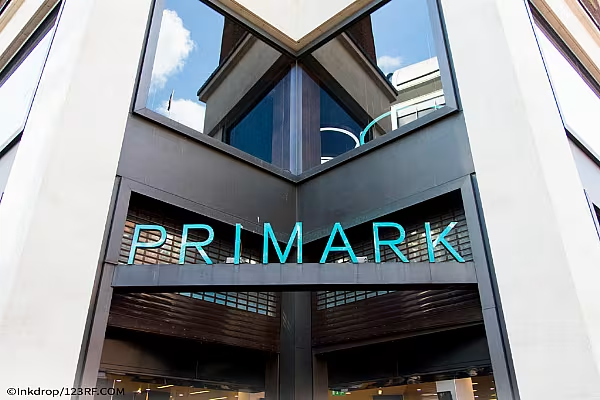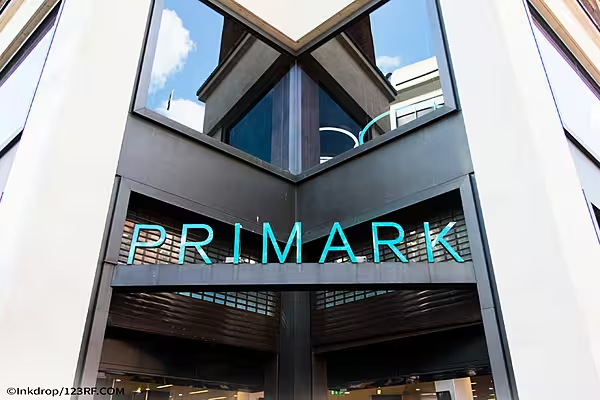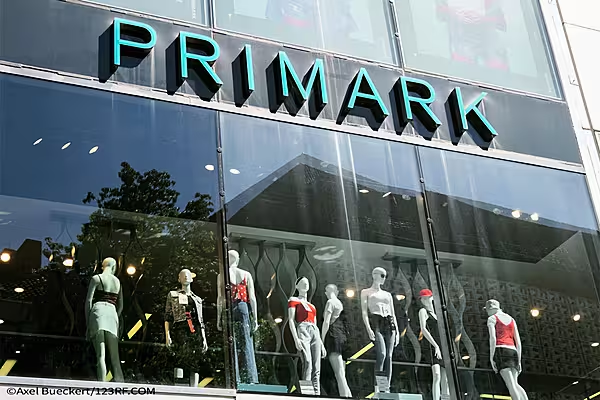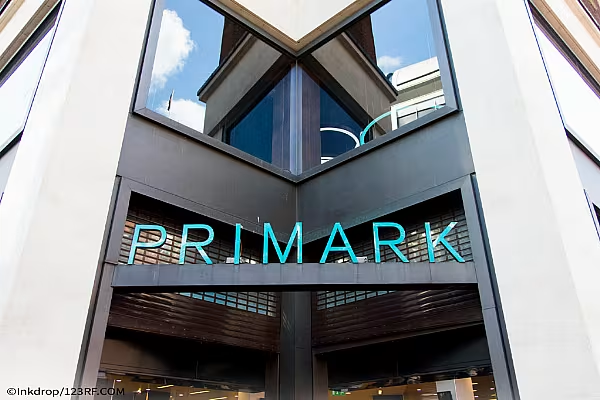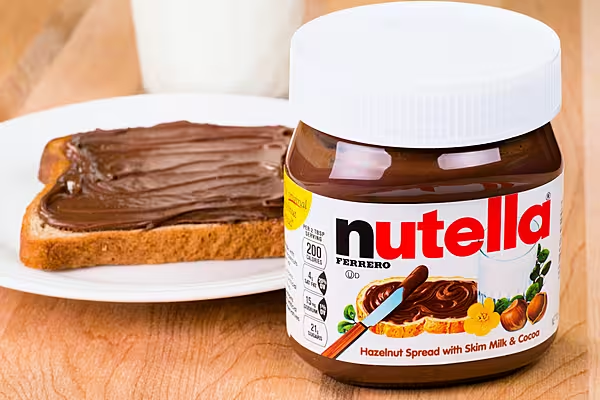Associated British Foods has reported a 16% increase in group sales at constant currency in the third quarter of its financial year, with its food businesses seeing an 18% gain, and Primark up 13%.
Here's how leading industry analysts from Admirals, AJ Bell, GlobalData, Shore Capital, Davy, CFRA Research and Barclays viewed its performance.
Roberto Rivero, Admirals
"Unsurprisingly, revenue has increased in the 12 weeks ended 27 May 2023. Given that inflation remains high, not just in the UK, but most areas in which ABF operates, this was to be expected.
"However, due to the limited amount of information in the trading update, we should be careful about drawing too many conclusions here. Yes, revenue has grown; but how much have input costs increased? How much have profit margins been squeezed? Remember, inflation doesn’t just affect consumers. There is a reason businesses are increasing their prices, it’s because their input costs are rising as well".
Cathal Kenny, Davy
"Primark performance remained strong in the quarter, with like-for-like (LFL) growth of 7%, supported by strong broad-based trading in its key regions. Food division growth was largely driven by pricing actions taken earlier in the year, allied with strong trading from Sugar in its key African markets.
"The group now anticipates adjusted operating profit to be 'moderately' ahead, with adjusted EPS to benefit from a lower sequential effective tax rate in H2. We envisage modest upside to our current forecasts."
Russ Mould, AJ Bell
“There are a few factors underpinning the brightening outlook for Associated British Foods-owned Primark. At a time when people are really watching their pennies, its low-cost clothing is attractive. Particularly for those jetting off on holiday and facing a big cost to do so, who therefore want to refresh their summer outfits on a budget.
“The recovery of physical retail has also provided a big boost to a brand which only has a very limited web-based presence. It should not come as any surprise that when it comes to clothes, shopping in-store is a winner.
“The company is also pushing through some price increases and it’s encouraging Primark has the headroom to do so without damaging its value credentials. Particularly when, on a relative basis, it still looks cheaper than high street rivals. Longer term there remain questions about the sustainability of Primark’s supply chain and its somewhat disposable clothing options.
“Often neglected in the analysis of the wider group is the food business, which offers some diversification. This part of the business continues to perform well and the company continues to invest for future growth.”
Louise Deglise-Favre, GlobalData
“Primark’s total sales rose 13% on a constant currency basis in its Q3 FY2022/23, confirming that the retailer’s proposition remains appealing despite the macroeconomic difficulties. However, growth slowed slightly compared to H1, when sales rose 17% on a constant currency basis, indicating that demand may finally be slowing down as consumers continue to feel the pressure of inflation on their budgets.
"While Primark credits higher selling prices for its success, it will have experienced good volume growth as it vowed in November 2022 not to raise its prices again until Autumn 2023. Primark’s positive performance can be attributed to its low prices and fashionable product ranges, making it a retailer of choice for consumers on a budget. Primark also stated that sales of health & beauty products were 'particularly strong', highlighting that its value proposition appeals beyond clothing categories as consumers continue to feel the pinch of inflation.
“Primark has rolled out its improved website format in Italy, Spain, the US, and France, allowing consumers to browse a wider variety of products and have a live view of stock levels by store. The websites remain non-transactional, and although this is outdated, it does not seem to be hindering Primark’s performance as consumers have flocked back to stores, eager to engage in the instore shopping experience.”
Clive Black, Shore Capital
"ABF has a lot going for it in our view and externalities around inflation, its non-discretionary and value retail credentials, plus rising base rates play to its strengths, with notable cash balances evident.
"The outlook appears to be improving for the group with cost recovery programmes well on and better prospects for British Sugar too, whilst investment continues apace across the group, including acquisitions in Agriculture (e.g., NMR), new plant in Ingredients, and the USA roll-out in particular for Primark."
Warren Ackerman, Barclays
"Food trading better across the board: Strong H1 Ingredients momentum has continued into H2. Sugar revenues were better than expected in Q3 (+51%) which is tempering some of the profit pressure in H2. Africa sugar (Illovo) is performing well, with Vivergo recovery likely on track. Grocery is also performing a bit better, helped by narrowing UK bread losses, although we do expect to see more promotions as commodities roll over.
"7% Primark LFL in Q3. This is a touch better than the 6% we were forecasting but ahead of the 4% some were assuming. We estimate the Q3 Primark LFL split was 8% pricing and -1% vols. This compares to H1 LFL of 10% made up of 7% pricing and 3% volumes. Volumes slowed due to weather headwinds in some European markets and a slightly weaker US consumer, however as weather has improved, exit momentum is solid. LFL growth in the UK in the quarter was 6% and 7% in Europe.
"In the UK, the consumer still remains resilient and Primark continue to see market share gains. A key question for us is 2024 Primark LFLs as pricing fades and where more store cannibalisation is possible."
Danny Yeo, CFRA Research
"We leave our 12-month target price for Associated British Foods (ABF) unchanged at GBP22, implying FY24 (Sep.) P/E of 15.7x, a premium against peer average of 14.6x, justified in our opinion by its higher profitability. ABF reported Q3 FY23 revenue of GBP4.7bln, growing 16% on a constant currency basis.
"Strong growth was driven mostly by Sugar segment (+51% cc) which benefitted from a normalised planting schedule and higher sugar prices. Retail segment grew 13% cc, supported by active deployment of new stores. On a like-for-like basis, Retail sales grew 7% on higher selling prices. We continue to expect positive growth from its Retail segment, driven by attractive price and value proposition.
"ABF now expects group FY23 adjusted operating profit (AOP) to be moderately ahead of FY22, a step up from the previous guidance where ABF expected AOP to be broadly in line Y/Y. We now see FY23 AOP hit the upper range of our estimate at 7.2-7.6%, up from 7.2% in H1 FY23."
Read More: AB Foods To Boost Agri-Food Unit With £48m Bolt-On
© 2023 European Supermarket Magazine – your source for the latest A-Brands news. Article by Stephen Wynne-Jones. Click subscribe to sign up to ESM: European Supermarket Magazine.
